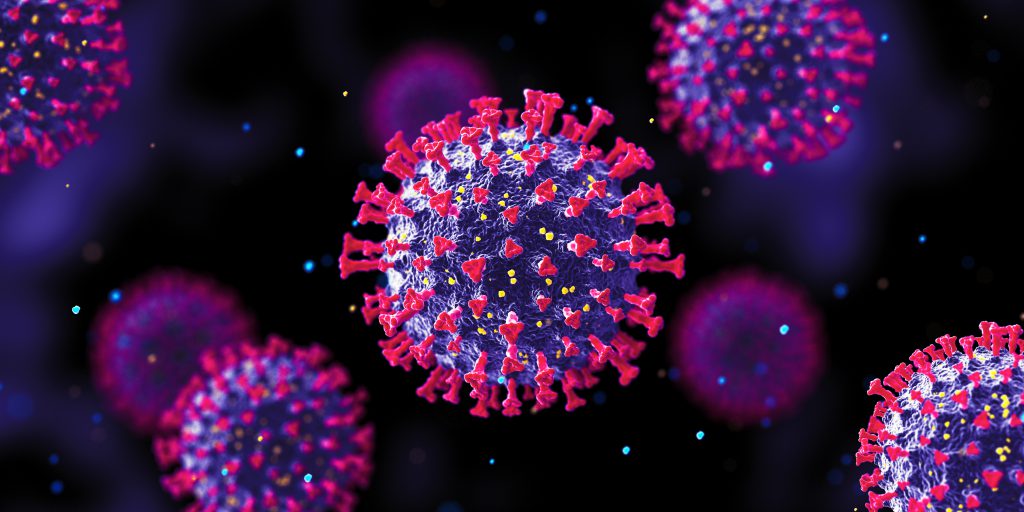10 selected Research Luxembourg results – May 2025
13 June 2025

Luxembourg News in Science & Research
Development of a tool to evaluate AI performance in Luxembourgish; Public participation in support of urban biodiversity; News on Luxembourg’s population growth; Immune system dysfunction contributing to the progression of Parkinson’s disease; Two recent studies on COVID19 antibody levels and persistent symptoms: here are some of the latest scientific news from Luxembourg.
Christine Berthel; Flickr; Pexels; Pixabay; ChatGPT
This article was originally in French and German on science.lu
LIST develops tool to evaluate AI performance in Luxembourgish
Luxembourg Institute of Science and Technology (LIST)
How well do large language models (LLMs) handle Luxembourgish? To find out, LIST has developed a new tool that assesses how accurately these AI systems understand and generate text in the language. Early results show common issues, including context misunderstandings, grammar mistakes, and logical errors—highlighting the challenges AIs face with lesser-used languages.
The tool is part of the LIST AI Sandbox, aimed at testing and improving AI systems. As most models are trained on English and other major languages, languages like Luxembourgish risk being digitally sidelined.
Press release / More information
City Nature Challenge: 10,635 observations in Luxembourg – a new record
Musée National d’Histoire Naturelle (MNHN)
The 7th edition of the City Nature Challenge (CNC) in Luxembourg, held from April 25 to 28, 2025, was a resounding success, with strong public participation in support of urban biodiversity.
The CNC is a global event that takes place every year, bringing together over 600 regions across six continents to observe and document local wildlife. This year in Luxembourg, 251 participants recorded 10,635 observations of 1,784 different species using the iNaturalist app. More than half of these entries were confirmed by experts, officially identifying 927 species present in the country.
Thanks to the active involvement of citizens, Luxembourg continues to build valuable knowledge about its local biodiversity—a vital step toward conserving and sustainably managing natural areas. The success of CNC 2025 highlights the importance of citizen science and encourages us to keep promoting these participatory initiatives to raise awareness and foster environmental stewardship.
Press release / Publication
Luxembourg is one of Europe’s most eco-efficient countries
National Institute of Statistics and Economic Studies (STATEC)
A new STATEC study examines the eco-efficiency — defined as the ratio between GDP and greenhouse gas emissions — of 22 European countries from 2000 to 2018. Sweden, Denmark, Italy, Norway, and Luxembourg rank as the most eco-efficient.
While GDP measures economic output, it ignores environmental costs, making eco-efficiency a useful complementary indicator. In this study, eco-efficient countries are those generating the most output with the least emissions.
The study also finds that stricter environmental policies and higher energy taxes are linked to greater eco-efficiency—though the benefits tend to diminish as regulations and taxes increase.
Luxembourg’s population growth slows in 2024
National Institute of Statistics and Economic Studies (STATEC)
A new STATEC report shows that Luxembourg’s population grew by 1.5% in 2024, reaching 681,973 residents—a slower pace than in previous years.
Growth was mainly driven by migration, with 25,725 arrivals (down 4.6% from 2023) and 16,444 departures. Fertility hit a record low, at just 1.25 children per woman.
The natural population increase (births minus deaths) was 1,988, with 4,471 deaths recorded. Life expectancy rose to 85.3 years for women and 81.2 for men, with the gender gap narrowing over time.
One-third of COVID-19 patients have persistent symptoms up to 24 months later
Luxembourg Institute of Health (LIH), Luxembourg Centre for Systems Biomedicine (LCSB), University of Luxembourg
A new study by LIH and LCSB followed patients from initial SARS-CoV-2 infection to 24 months later, identifying two symptom patterns: T1 (“Mild symptoms, rapid resolution”) and T2 (“High and persistent symptoms”). T2 was linked to older age, female gender, high BMI, and multiple pre-existing conditions.
One-third of participants followed the T2 trajectory, experiencing frequent symptoms—especially fatigue—with significant impacts on quality of life. Some symptoms even increased over time.
The findings highlight the urgent need to identify those most at risk for long-term effects and to develop targeted care.
Antibody levels begin to decline 4 months after a COVID-19 infection
Luxembourg Institute of Health (LIH), Luxembourg Centre for Systems Biomedicine (LCSB), University of Luxembourg, Centre Hospitalier de Luxembourg (CHL)
A new study from LIH and LCSB followed people in Europe for a year after the first COVID-19 wave in 2020, tracking how their antibody levels evolved. Researchers observed a gradual decrease in anti-SARS-CoV-2 IgG antibodies over time, indicating that natural immunity does not last indefinitely—the body slowly “forgets” how to defend against the virus.
Levels of anti-S IgG (which target the virus’s spike protein) remained stable for about four months, but declined significantly afterward. By 6 to 12 months post-infection, nearly one-third of participants had no detectable antibodies.
These findings help explain why reinfections can occur within a year of recovery.
Immune cells are guided through the body by “encrypted signals”
Luxembourg Institute of Health (LIH)
Certain proteins (chemokines) and their receptors act as encrypted signals to guide immune cells around the body. A major contribution by scientists in Luxembourg now explains how this works. This discovery opens the way to therapies capable of directing immune cells to specific targets, such as tumors or foci of infection.
Chemokines are small signaling proteins. Together with their receptors, called GPCRs, they determine how and where immune cells move. While previous research struggled to explain this, this new study shows how tiny, disordered protein regions act like digital encryption keys.
The team used an advanced technological platform to demonstrate that the manipulation of a few amino acids can profoundly alter the function of a chemokine. This opens up major therapeutic prospects.
Press release / Publication

65% of adults who grew up in institutions live below the poverty line
National Institute of Statistics and Economic Studies (STATEC)
Growing up without parents significantly increases the risk of hardship in adulthood, according to a recent STATEC report.
In Luxembourg, 4.1% of adults aged 25–59 experienced an adolescence marked by institutional care or the loss of both parents. Among them, only 25.1% hold a bachelor’s degree or higher, compared to 51.3% of those raised by both parents. Poverty affects 64.9% of this group—over four times the rate of their peers (14.2%). Housing is another challenge: 41.2% do not have a home of their own, versus just 6.6% among those who grew up with both parents.
The EU-SILC 2023 survey also shows that those born outside the EU are disproportionately affected: 13.2% lived in institutions as teens, compared to 1.3% of Luxembourg-born individuals and 2.7% of EU-born individuals.
Immune system dysfunction contributes to the progression of Parkinson’s disease
A new study highlights the role of microglia, the brain’s immune cells, in the early development of Parkinson’s disease, well before the onset of visible motor symptoms.
Microglia protect the brain by eliminating waste and damaged cells. However, in Parkinson’s disease, they can become overactive, triggering inflammation that can damage neurons. The study analyzes how these microglia evolve and react during the early phases of the disease.
Understanding this dynamic provides a better understanding of how the disease begins and progresses. These discoveries could pave the way for early treatments aimed at calming inflammation and protecting neurons. This could help slow the progression of Parkinson’s disease.
Press release
New Report Highlights Challenges in Luxembourg’s Rental Market
FHSE at University of Luxembourg
A recent report by political scientists at the University of Luxembourg and the tenants’ association Mieterschutz reveals key sources of tension for renters.
Tenants expressed widespread dissatisfaction with the rental market, citing feelings of unfairness (47%) and insecurity (24%). Poor housing conditions were a recurring issue—nearly 1 in 5 tenants who wrote to the welfare association reported problems in their accommodation. The most common complaints were mould and damp, followed by construction flaws, faulty equipment, heating issues, and leaks. Vulnerable groups and families with children were especially affected.
This study is based on anonymized correspondence between almost 300 tenants and the tenants’ advocacy association (Mieterschutz), as well as focus groups where tenants shared their experiences with the research team.
Press Release
Author: Diane Bertel
Editor: Lucie Zeches (FNR) ; Nicolas Stamets (Research Luxembourg)











